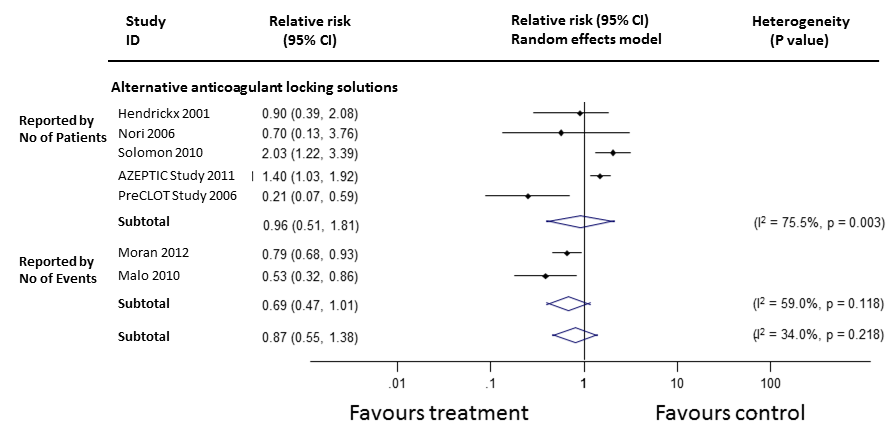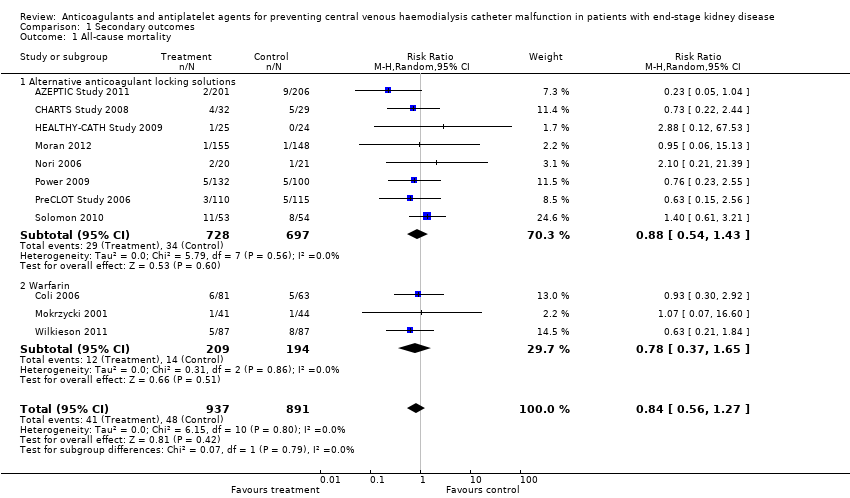Related content
Related reviews and protocols
Htay Htay, David W Johnson, Jonathan C Craig, Francesco Paolo Schena, Giovanni FM Strippoli, Allison Tong, Yeoungjee Cho | 31 May 2019
Margaret McCann, Zena EH Moore | 20 January 2010
Maria C Arechabala, Maria I Catoni, Juan Carlos Claro, Noelia P Rojas, Miriam E Rubio, Mario A Calvo, Luz M Letelier | 3 April 2018
Alison M MacLeod, Marion K Campbell, June D Cody, Conal Daly, Adrian Grant, Izhar Khan, Kannaiyan S Rabindranath, Luke Vale, Sheila A Wallace | 20 July 2005
Htay Htay, David W Johnson, Jonathan C Craig, Armando Teixeira-Pinto, Carmel M Hawley, Yeoungjee Cho | 27 January 2021
Conal Daly, June D Cody, Izhar Khan, Kannaiyan S Rabindranath, Luke Vale, Sheila A Wallace | 13 August 2014
Deirdre Hahn, June D Cody, Elisabeth M Hodson | 28 May 2014
Beatriz M Almeida, Daniel H Moreno, Vladimir Vasconcelos, Daniel G Cacione | 1 April 2022
Denise Campbell, David W Mudge, Jonathan C Craig, David W Johnson, Allison Tong, Giovanni FM Strippoli | 8 April 2017
Nai Ming Lai, Nathorn Chaiyakunapruk, Nai An Lai, Elizabeth O'Riordan, Wilson Shu Cheng Pau, Sanjay Saint | 16 March 2016
Cochrane Clinical Answers
Jane Burch, Vivek Jha | 16 November 2016


















